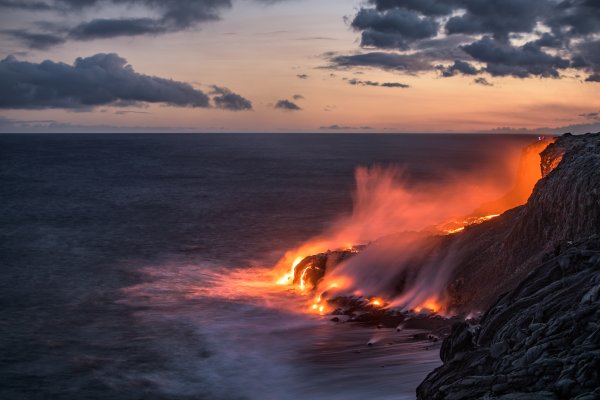
The aim of this collaborative effort is to investigate the factors influencing the carbonation rates of mafic rocks, including temperature, pressure, mineralogy, and solution chemistry. While past studies on carbon capture and sequestration primarily focused on long-term storage in deep saline sedimentary rock formations, recent research suggests that igneous mafic formations may provide more stable reservoirs due to the rapid reaction of carbon dioxide with magnesium-bearing minerals to form immobile magnesium carbonates. The CarbFix site in Iceland, which contains basaltic rocks, demonstrated that 95% of injected CO2 was mineralized to carbonates in less than two years. However, carbonation rates vary significantly across different studies, with some experiments indicating significantly slower rates than others. The observed variability can be attributed to the chemistry of reactant minerals, experimental conditions, and the techniques used to quantify rates. To predict accurately which igneous formations are most suitable for carbon sequestration and optimize injection solution chemistry, it is crucial both to reconcile this large variability and to determine methods of enhancing carbonation rates and extents, such as through the addition of an acid, a base, or a ligand.
To bridge this knowledge gap, PI Matthew Fantle and co-PI Christopher Gorski will collaborate on a new intercollegiate effort. Fantle, a geochemist, has extensive experience characterizing natural carbonate mineral specimens and determining their varying reactivities in natural systems; Gorski, an environmental engineer, has complementary expertise in carbon capture technologies and characterizing reactions at mineral-water interfaces. Together, they will co-advise a graduate student to characterize carbonation rates and extents of approximately 10 natural olivine samples as a function of pH, CO2 partial pressure, and temperature using multiple characterization techniques. The resulting dataset will serve as a demonstration of the potential for relevant experiments in future external grant proposals by the two tenure-track faculty in this emerging subfield of climate solutions, as well as for establishing credibility and forming new collaborations with other researchers at Penn State for computational modeling and/or field-based studies.



